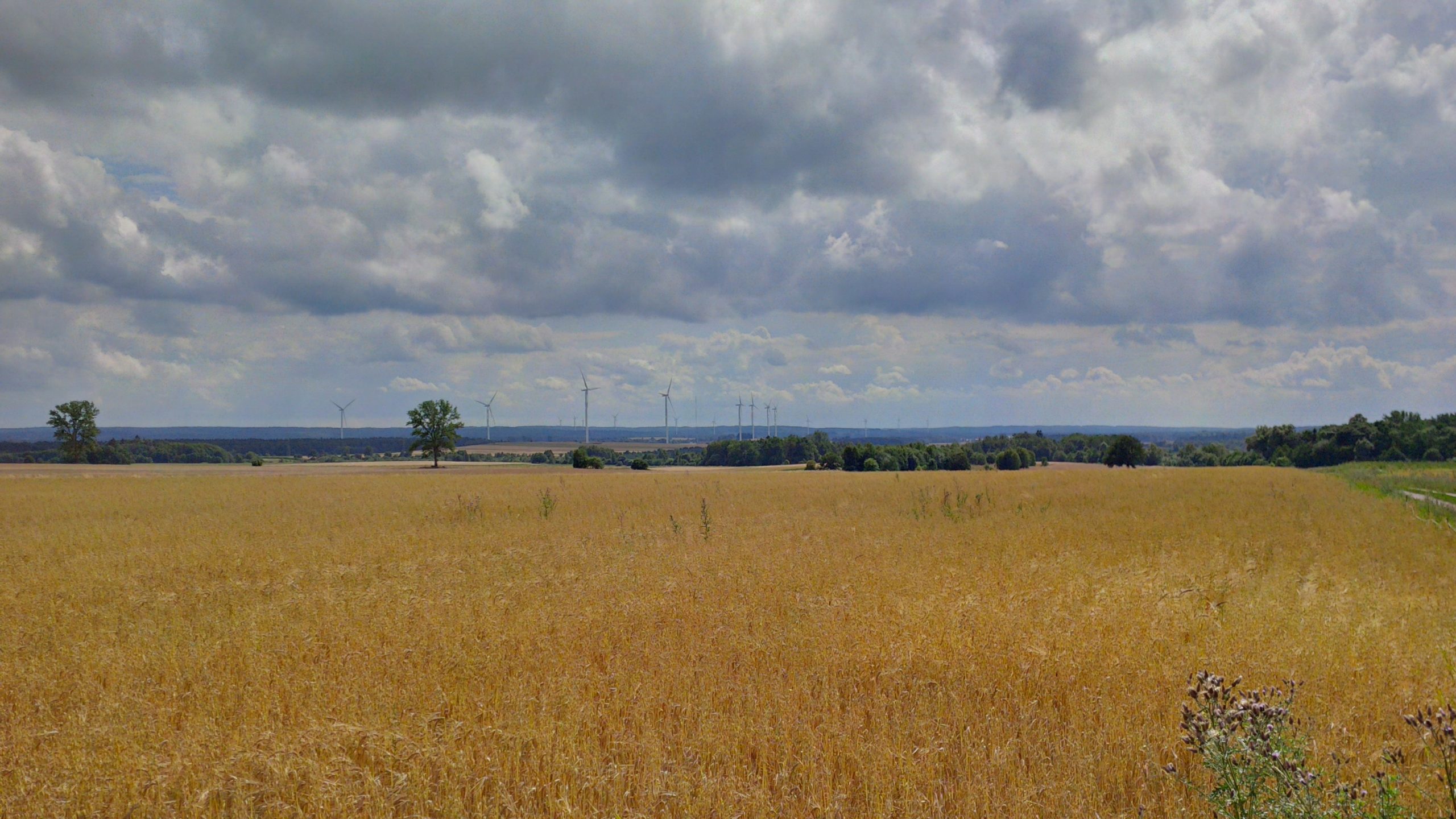Happy Coexistence with the local community – our development experience

Cooperation with residents – more than just public consultations
Not a lot of people like sudden, unexpected changes in their closest surroundings. This is especially true for elderly people from rural areas. They are used to the unchanged view from their window for years – the nature of wind investment often causes great concern among residents. Therefore, the developer should not only conduct broad public consultations (information about proposed investments), but also encourage the local community to actively participate in making decisions and formulate proposals related to the implementation of the project in their neighbourhood. This is the theory – but how does it look in practice?
Conversation is key
From our point of view, the expansion project of the existing farm was an interesting case study. The first phase of the investment was completed a few years earlier. The wind farm was finished, power plants were operating, the commune obtained money in the form of property tax and the residents enjoyed the new road which was thoroughly renovated during project implementation. After a few years, a decision was made to expand the project with additional turbines.
Much to our surprise, in the procedure of obtaining environmental decisions and during public consultations, the vast majority of residents expressed their objection to the planned expansion. This was unexpected since there were no complaints whatsoever about the wind farm that had been operating for several years. After dozens of meetings, both general and individual, as well as tedious door-to-door walking (however very polite, as this time around no one threatened to set the dogs loose on us … 😊), we discovered the reason for this negative attitude -people simply felt undervalued. They felt resentful that they did not participate in the decision-making process, nor did they feel that property tax receipts were improving their situation.
People are different – for most of them it is difficult to express their views at a general village meeting, where the tone is usually set by the formal or informal leader of a given community: mayor, local councilman, etc. Our experience clearly shows that to get to know the true cross-section of what a community thinks and expects, you need to spend time on individual conversations. For a project manager, more than knowing the provisions of the law on spatial planning and development (which of course is also useful 😊) it is paramount to remember the names of the most significant people in the community, including the saleswoman from the local shop (which deserves a blog entry in its own right).
From rejection to acceptance
The course of these talks led us to offer the opportunity to participate in the benefits of electricity production. In this particular location, we assumed that all households in the town around which additional turbines were to be erected would be offered support. The village consisted of 52 compact houses in total.
In the first phase of our activities, all households received notarial statements from the Investor, who promised that from the moment of Investment`s implementation to its completion, each household would receive annually a valorised specific amount for expenses related to electricity in the household. We decided that linking electricity production with bills that residents pay for electricity would be the best solution. We had added a sample contract for those who were interested in the offer. Over the following two months, we conducted a series of subsequent meetings, where we explained the payment rules and other details related to our proposal.
At this stage, we already saw much greater support and commitment of the residents. They brought their ideas and amendments to the proposed content of the contract – then, we jointly considered the idea that the withdrawal of funds should be carried out in advance for 5-year periods rather than annually. We agreed that the amount of financial support would constitute the average cost of annual electricity charges in a household and will be in a flat-rate form, i.e. without the owner having to provide electricity bills. Annual consumption was assumed at the level of approx. 5.5MWh per household, and the unit price of 1MWh was the unit sale price of electricity published annually by the Energy Regulatory Office. Making the amount of financial support dependent on the current price of electricity was the most honest solution for both parties as it meant that if the Investor had earned more, he would have also carried some extra revenue forward to the community.
Proper social coexistence pays off!
In just a month, 48 of 52 households in the village signed contracts with the Investor. As a result, initially sceptical residents in a democratic vote during the village meeting spoke overwhelmingly in favour of expanding the farm. The further process of obtaining individual consents and decisions passed without any problems.
Numerous media reports show that such solutions are more and more often found in wind projects, and we are very proud that we were one of the precursors of this type of solutions in the industry.
Proper social participation, conducted from an early stage of project development, allows to avoid protests, and as a result often eliminates delays and enables quick implementation of the Investment. Crucially, during the operation of the farm, it a helps to avoid tensions on the Investor-Resident line and provides a baseline future conflict resolutions. Conversation pays off!
Kamil Koczara
Development Manager
Tundra Advisory



